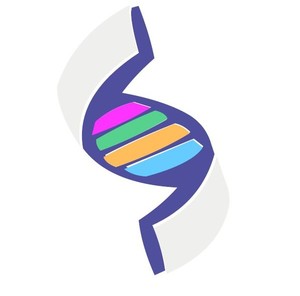A review by Rusiñol et al. emphasized the significant impact of biologicals on psoriasis management. Anti-IL-17 and anti-IL-23 biologicals are regarded as highly effective and long-lasting treatments in real-world scenarios, with IL-23-targeting biologicals showing the best safety profile and potential to modify the natural course of psoriasis.
Significant advances in psoriasis treatment have taken place since the introduction of biologicals. Tumor necrosis factor inhibitors were the first class of biologics approved, significantly improving psoriasis treatment. However, newer biologicals, directed to interleukin (IL)-23/IL-17 pathways, which play a major role in psoriasis pathogenesis, have achieved complete or nearly complete clearance rates, and are characterized by an excellent safety profile. These novel biologicals have elevated therapeutic standards, becoming an alternative for some patients whose response would have been previously considered satisfactory.
As stated in the review, real-life data can provide crucial information to guide individualized treatment. However, long-term real-world studies concerning newer drugs are still scant. A better drug survival has been consistently observed for IL-23 inhibitors – especially guselkumab and risankizumab – compared to IL-17 inhibitors and ustekinumab. IL-23 antagonists may exert different effects on tissue-resident memory (TRM) cells and T-regulatory cells in contrast to secukinumab. This could facilitate extended remission durations and offer versatility in dosing intervals.
Several factors such as gender, body mass index, metabolic comorbidities, and prior biological therapies can influence drug discontinuation. Enhanced drug survival of these novel agents is correlated with their reduced immunogenic potential. On the other hand, ‘biological fatigue’, leading to loss of efficacy regardless of pharmacokinetic considerations, is known to occur but its mechanisms may defy explanation. This highlights the importance of judiciously selecting the initial biological agent for each patient, with the one most likely to attain therapeutic success being ideal, though cost-efficacy considerations frequently play a pivotal role.
According to Rusiñol et al., further research is needed to determine whether selecting a particular mechanism of action or the most potent treatment as a primary intervention could modify the natural history of the disease. For all these reasons, baseline characteristics of patients should be carefully considered when comparing survival drug outcomes from different studies. There remains a need for more comprehensive information regarding the persistence of biological treatments and potential indicators of discontinuation, particularly in light of recent additions to the therapeutic armamentarium.
Conflict of interest
The authors of the research paper [1] declared that there was various conflict of interest.
For full details of the authors’ conflict of interest, see the research paper [1].
Abstracted by Lluís Rusiñol Batlle, MD, Department of dermatology, Hospital de la Santa Creu i Sant Pau, Universitat Autònoma de Barcelona, Barcelona,Spain
Editor’s comment
Readers interested to learn more about the use of the biological therapies in dermathology are invited to visit www.gabi-journal.net to view the following manuscript published in GaBI Journal:
Use of biologicals in dermatology – following the agreed path or going off-piste? A brief report
GaBI Journal is indexed in Embase, Scopus, Emerging Sources Citation Index and more.
Readers interested in contributing a research or perspective paper to GaBI Journal – an independent, peer reviewed academic journal – please send us your submission here.
GaBI Journal Citation Impact
2.2 – CiteScore 2021 (calculated on 5 May 2022)
Submit a manuscript to GaBI Journal
Related articles
Long-term safety and efficacy of anti-TNF-α biosimilars in psoriasis
Biosimilars in the treatment of psoriasis
Clinical trials of biosimilars for psoriasis treatment
Reference
1. Rusiñol L, Carmona-Rocha E, Puig L. Durability and long-term outcomes of biologic therapies in psoriasis. Expert Rev Clin Immunol. 2023 Aug 25:1-12. doi: 10.1080/1744666X.2023.2250918. Epub ahead of print. PMID: 37610817.
Permission granted to reproduce for personal and non-commercial use only. All other reproduction, copy or reprinting of all or part of any ‘Content’ found on this website is strictly prohibited without the prior consent of the publisher. Contact the publisher to obtain permission before redistributing.
Copyright – Unless otherwise stated all contents of this website are © 2023 Pro Pharma Communications International. All Rights Reserved.








 0
0











Post your comment